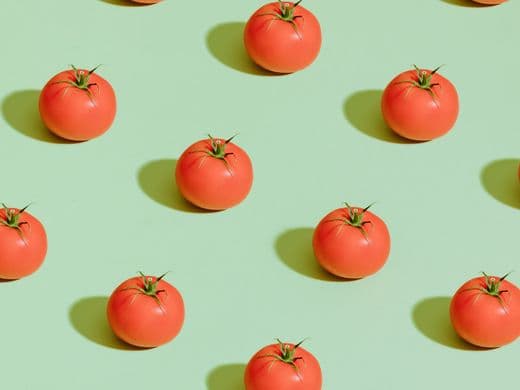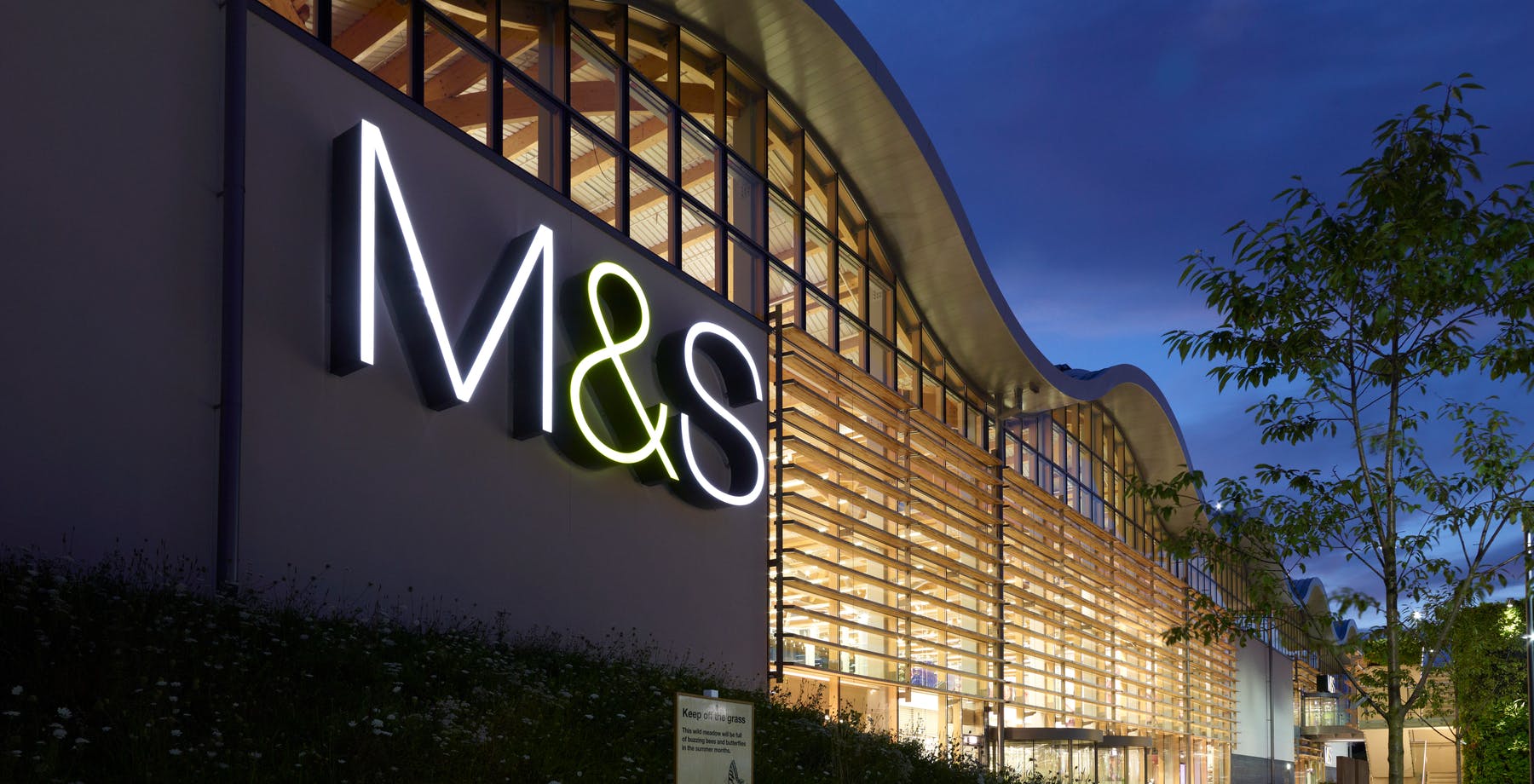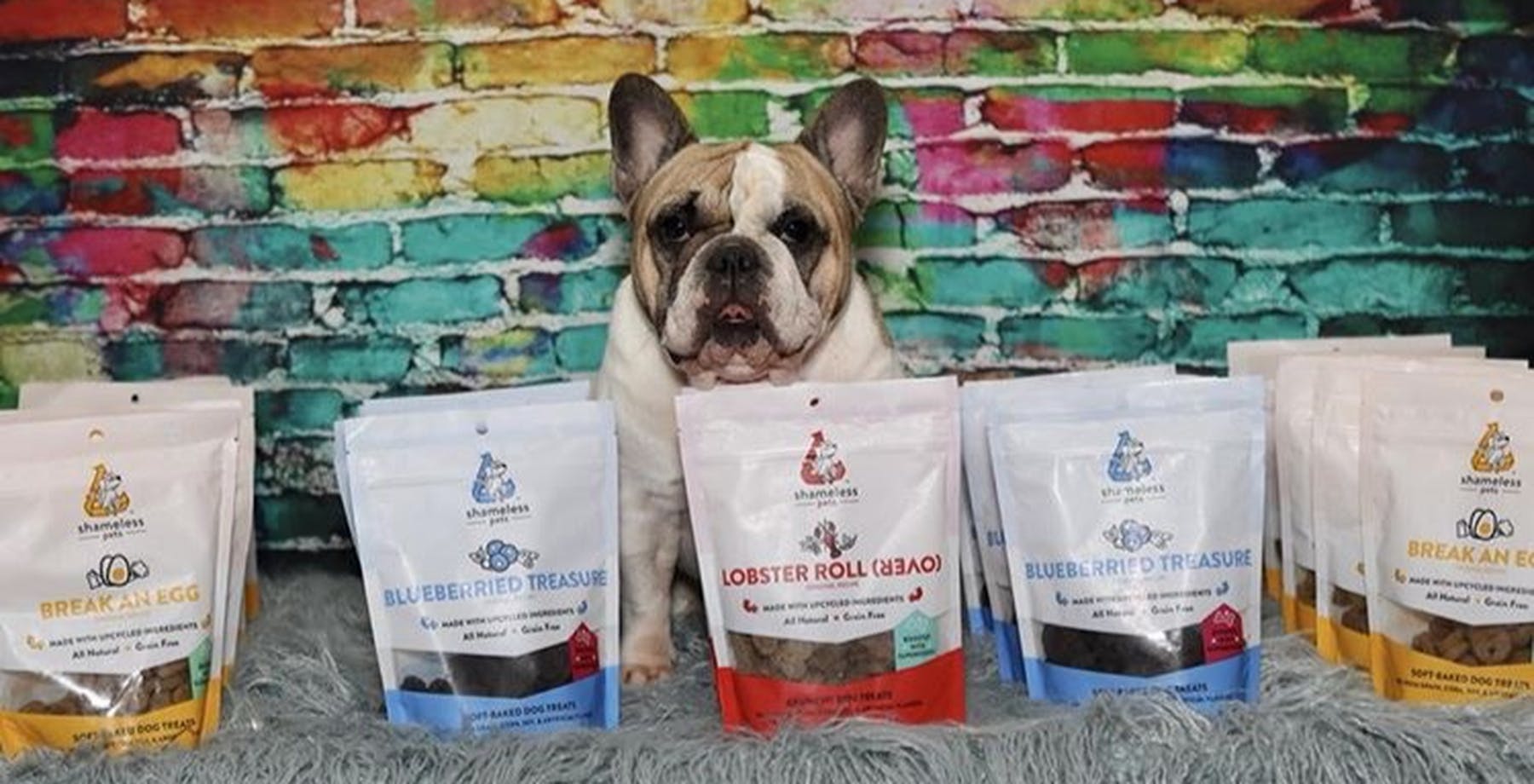We’ve all felt the bite of rising prices lately, but the rapidly increasing cost of food has been one of the hardest to swallow in the last 12 months. ONS data released this week shows the cost of food staples like pasta, cooking oil and tea have soared 17% in the past 12 months. But how have these rising prices been affecting consumer behaviour, and what’s next for the future of food?
The rise of wonky veg
In the past, changes in supermarket consumer behaviour have often been driven by cultural shifts such as immigration, food waste concerns and sustainability efforts. However, in recent months, with food inflation continuing to increase (14.6% in the 12 months to September 2022) we’re seeing new trends appear with the emergence of platforms helping shoppers navigate the cost-of-living crisis.
One of the bigger changes is a focus on ‘wonky’ fruit and vegetables. According to a recent Kantar survey, nearly 1 in 5 consumers in October 2022 bought so-called imperfect products, with nearly five million shoppers snapping them up.
But selling imperfect-looking, but perfectly edible fruit and vegetables isn’t anything new. French supermarket Intermarché created ‘Inglorious Fruits and Vegetables’ in 2014, Morrisons launched its ‘Wonky’ range in 2015, Sainsbury’s offers an ‘Imperfectly Tasty’ range and Tesco’s ‘Imperfectly Perfect’ claims to have increased 38% in October alone. Oddbox, founded in 2016, with its model of directly sourcing from farmers, have also started to gain more mainstream traction.
More than wonky carrots and bananas
But changes in consumer behaviour go deeper that just wonky veg. Whilst apps connecting consumers with leftover food have been around for a while, an evolution is emerging. Companies like Too Good To Go and Olio have gained popularity in recent years by enabling users to pick up food from shops and cafes in their local area at a discounted price. Both brands have also struck up partnerships with supermarkets to connect nearly out-of-date food with consumers or local food banks.
The next evolution of this model is platforms selling branded foods near best-before dates at discounted prices direct from food manufacturers and wholesalers. Supermarkets like Tesco, Waitrose and M&S have already scrapped best-before dates on hundreds of products to reduce food waste. This has helped consumers better understand the difference between best-before (quality) and use-before (safety) dates.
One of the most interesting new entrants is the Swedish start-up Motatos, which has raised €130m of funding. Founded in Sweden in 2013, it recently launched in the UK, using the catchy ‘We Save It and Sell It’ tagline. Its’ model is to save products from food producers and wholesalers that would otherwise be thrown out due to faulty packaging, overproduction and short or passed best-before dates. The company offers significant discounts on thousands of dry food, toiletries and household products including Cadbury, Heinz, Kellogg's, Nescafé and Walkers products at discounted prices, typically between 20-60% off.
Expanding Imperfection
It’s clear that this ‘imperfect’ trend is here to stay. Consumers' acceptance and understanding has increased, and new technology and platforms continue to improve visibility, accessibility and scalability. But what next? Three potential themes are emerging.
Firstly, improved meal and recipe inspiration to help make the best use of available food. Apps like My Fridge Food and EmptyMyFridge show how this could look. Secondly, improved connectivity to bring together local food producers and improve consumer transparency. BigBarn (‘like Amazon for local food’) offers a glimpse of how this could work for non-restaurant food. It provides a map of local food producers so consumers can source directly from farmers, growers and producers in their neighbourhood.
Finally, community. Food has always been at the centre of people’s connection to their friends, family and local communities. With more people struggling to find affordable food, there is scope to build deeper community links and enhance real-time, on-demand food distribution. Helping reduce food waste, support local food businesses and feeding people is a pretty good use of technology.


